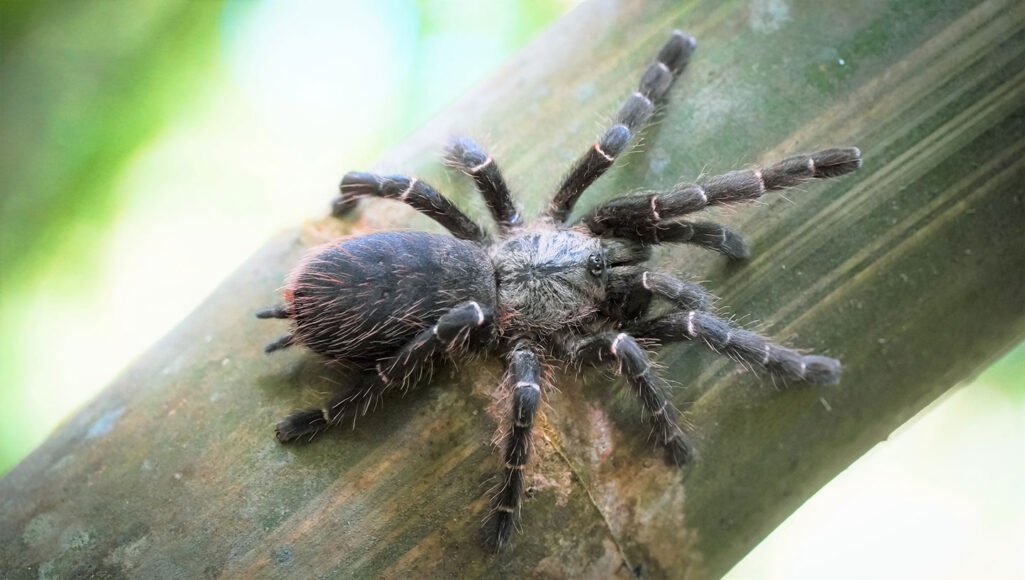Questions for ‘Newfound ‘bambootula’ spider lives inside bamboo stems’

Taksinus bambus, nicknamed “bambootula,” is the only tarantula known to live inside bamboo stems. This new genus of tarantula was recently discovered in Thailand by JoCho Sippawat, a popular YouTuber.
J. Sippawat